Increasing Prevalence of Chronic Diseases
The rising incidence of chronic diseases in the GCC region is significantly influencing the nanobiosensors in-healthcare market. Conditions such as diabetes, cardiovascular diseases, and cancer are becoming more prevalent, necessitating advanced diagnostic tools for effective management. According to recent health statistics, the prevalence of diabetes in the GCC has reached alarming levels, with estimates suggesting that over 20% of the adult population is affected. This growing health crisis drives the demand for innovative monitoring solutions, including nanobiosensors that offer real-time data and improved accuracy. The ability of these sensors to provide continuous monitoring and early detection of complications is likely to enhance patient care and reduce healthcare costs, thereby propelling market growth.
Growing Awareness of Preventive Healthcare
There is a notable shift towards preventive healthcare in the GCC, which is driving the nanobiosensors in-healthcare market. As populations become more health-conscious, there is an increasing demand for tools that facilitate early disease detection and health monitoring. Educational campaigns and government initiatives are promoting awareness about the benefits of regular health screenings, which in turn boosts the need for innovative diagnostic solutions. Nanobiosensors, with their ability to provide rapid and accurate results, align well with this trend. The market could see a significant uptick in adoption rates, as individuals seek to leverage technology for proactive health management, potentially increasing market size by 10% over the next few years.
Collaboration Between Academia and Industry
The collaboration between academic institutions and industry players is emerging as a crucial driver for the nanobiosensors in-healthcare market. In the GCC, partnerships are being formed to foster innovation and accelerate the commercialization of research findings. Universities are increasingly engaging with biotech firms to develop novel nanobiosensing technologies that address specific healthcare challenges. This synergy not only enhances research capabilities but also facilitates the translation of scientific discoveries into practical applications. As a result, the market is likely to benefit from a steady influx of innovative products, with projections indicating a growth rate of approximately 14% as new technologies are introduced to the healthcare sector.
Technological Advancements in Nanotechnology
The rapid evolution of nanotechnology is a pivotal driver for the nanobiosensors in-healthcare market. Innovations in nanomaterials and fabrication techniques enhance the sensitivity and specificity of biosensors, enabling earlier disease detection and improved patient outcomes. For instance, the integration of nanostructured materials can lead to devices that detect biomarkers at lower concentrations, which is crucial for conditions like cancer and infectious diseases. In the GCC region, investments in nanotechnology research have surged, with funding reaching approximately $500 million in recent years. This influx of capital is likely to accelerate the development of advanced nanobiosensors, thereby expanding their application in diagnostics and monitoring. As a result, the market is expected to witness a compound annual growth rate (CAGR) of around 15% over the next five years.
Rising Investment in Healthcare Infrastructure
The GCC region is witnessing substantial investments in healthcare infrastructure, which serves as a catalyst for the nanobiosensors in-healthcare market. Governments are prioritizing healthcare development, with budgets allocated for modernizing facilities and integrating advanced technologies. For example, the healthcare expenditure in the GCC is projected to exceed $100 billion by 2026, reflecting a commitment to enhancing healthcare services. This investment creates a conducive environment for the adoption of cutting-edge technologies, including nanobiosensors. As healthcare facilities upgrade their diagnostic capabilities, the demand for efficient and reliable biosensing solutions is expected to rise, potentially leading to a market growth rate of 12% annually.


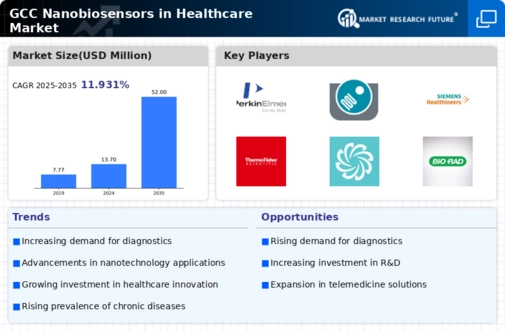
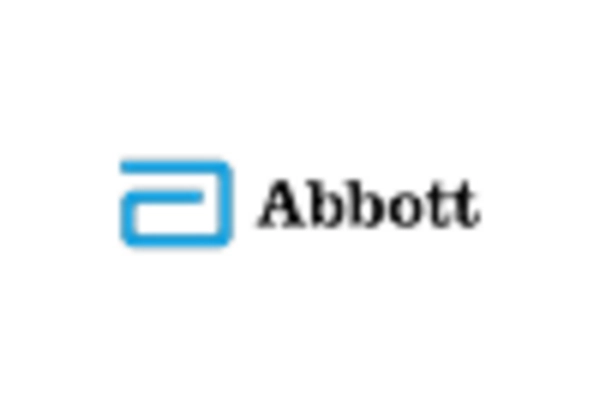
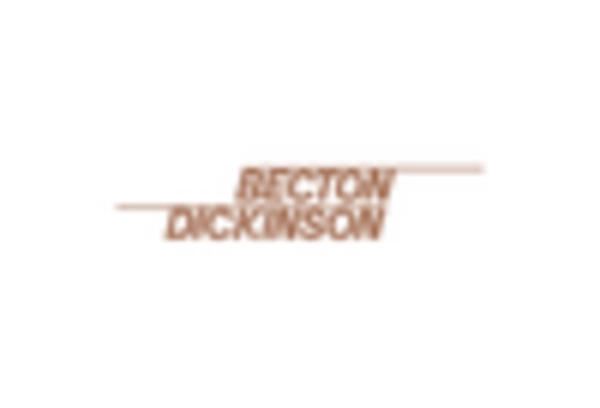
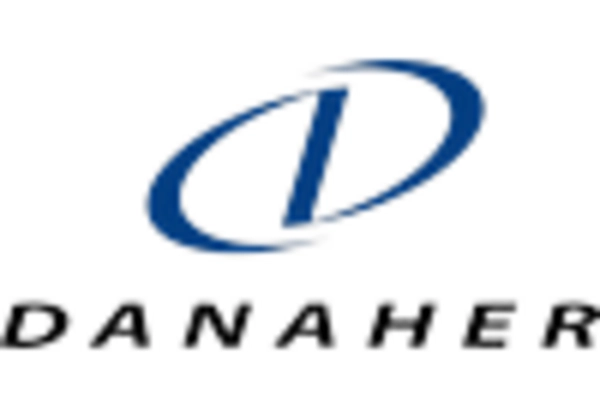
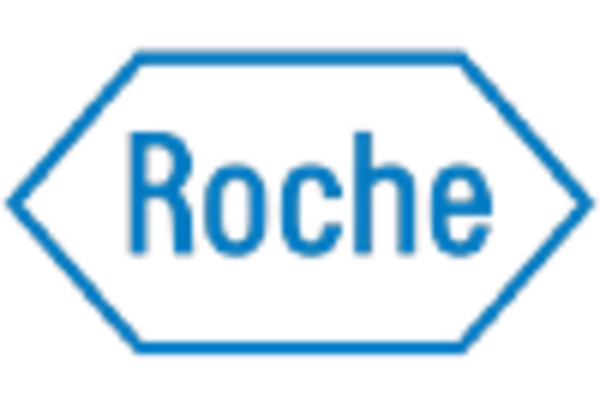
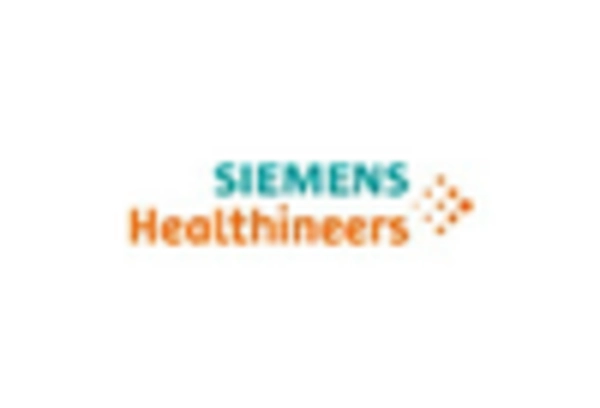
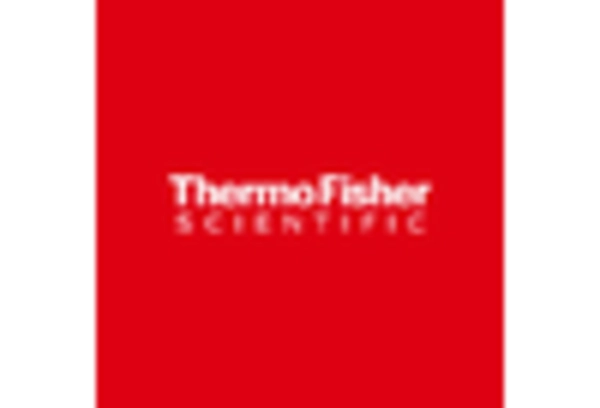








Leave a Comment